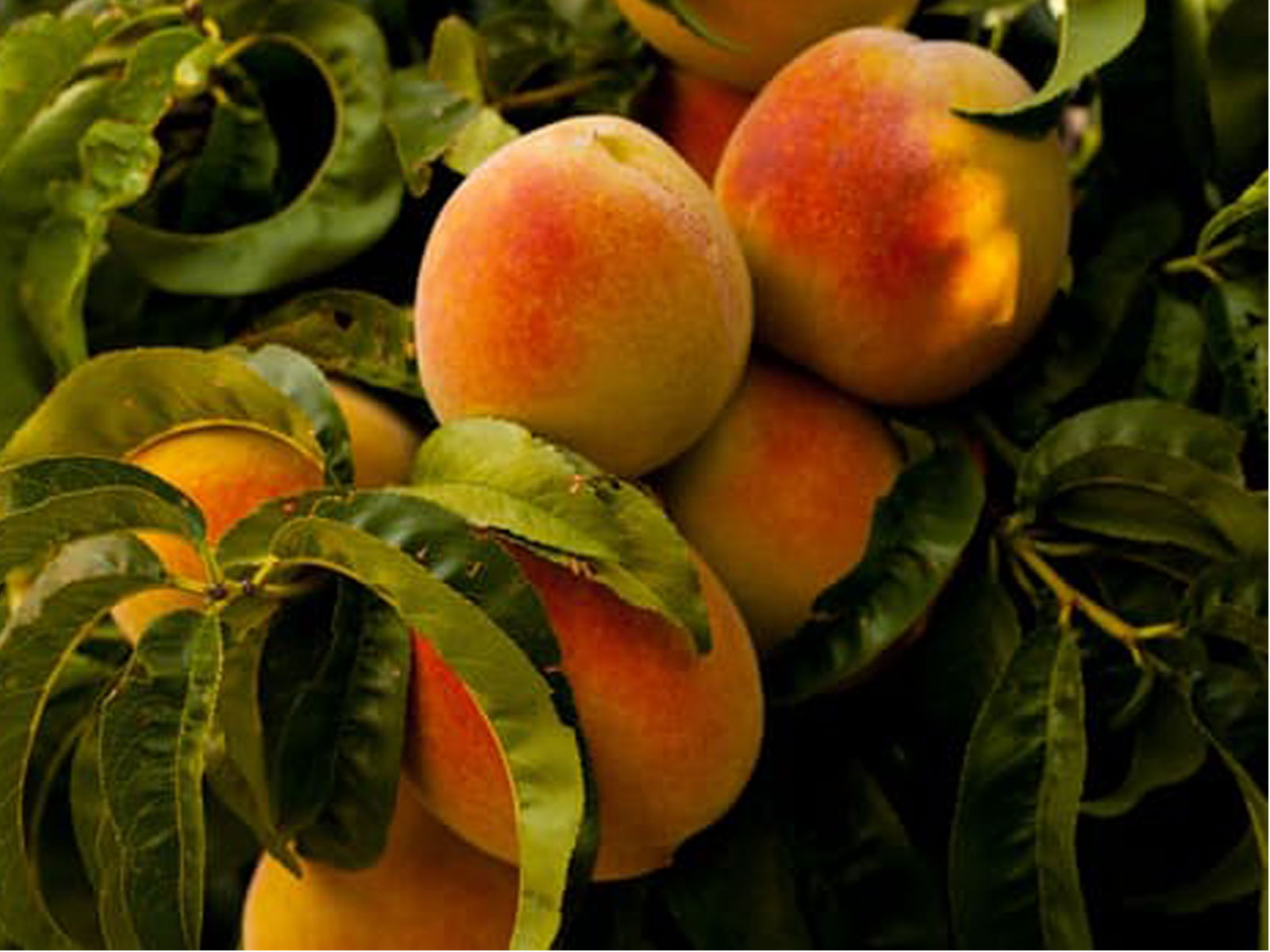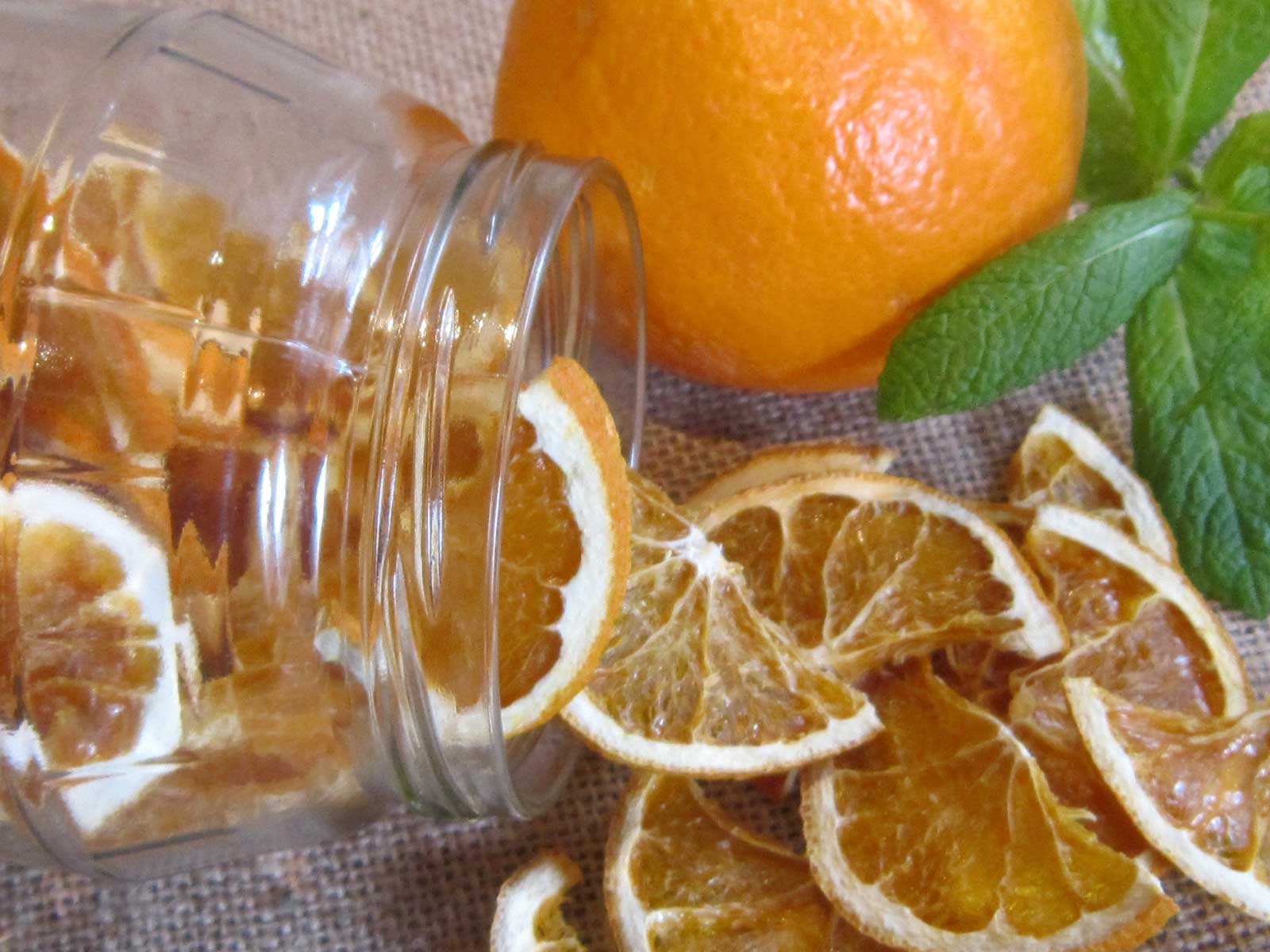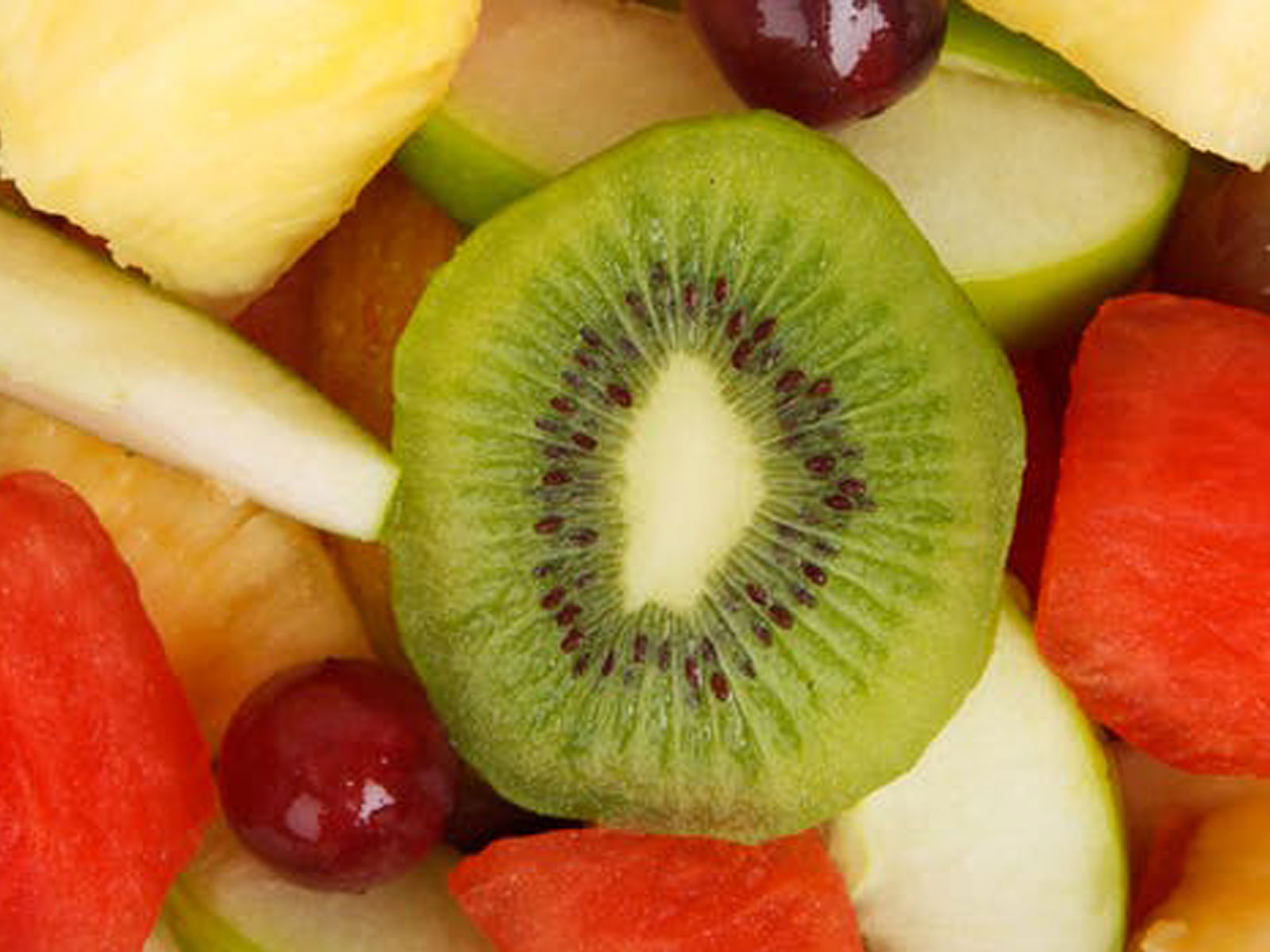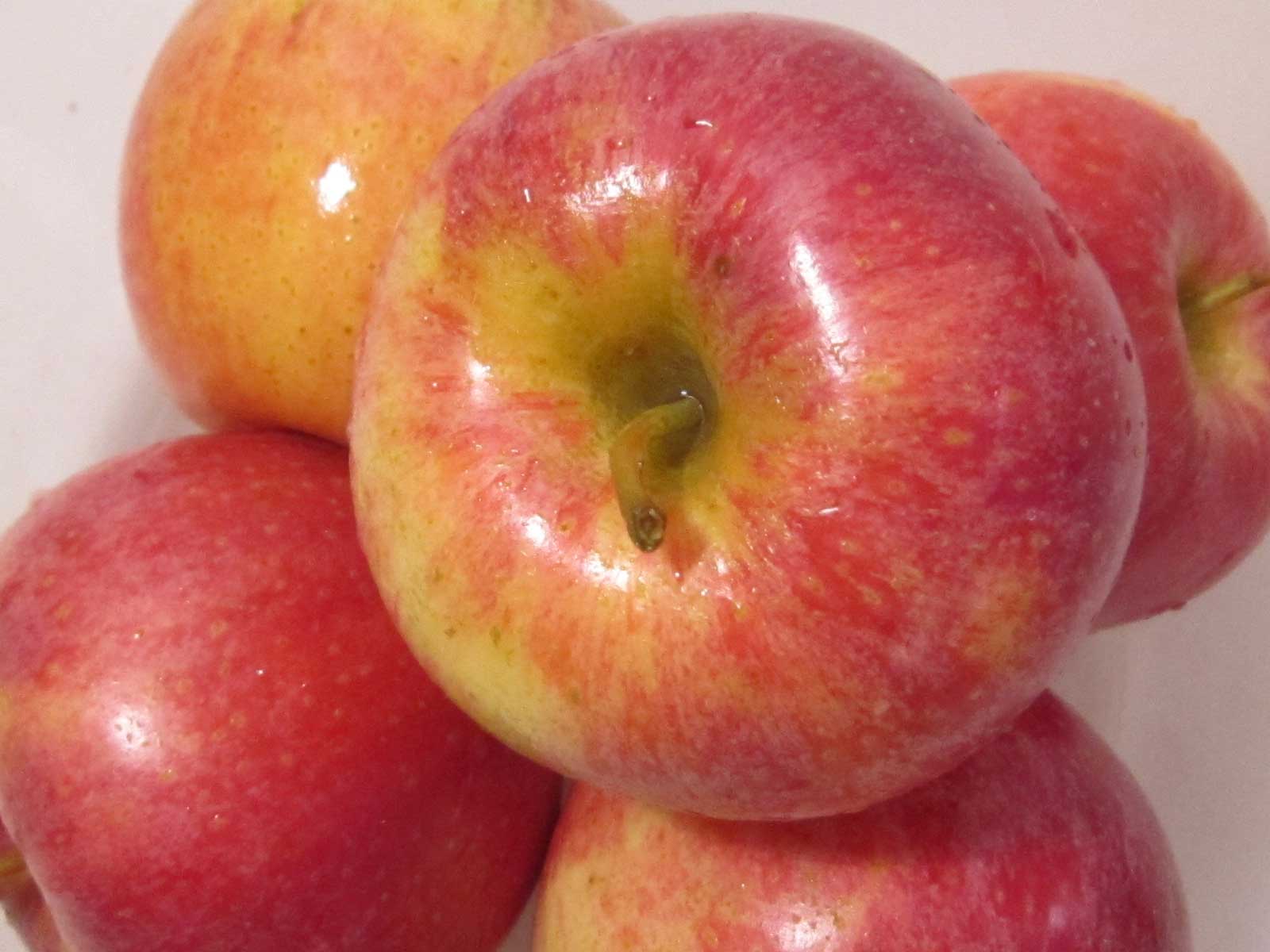Dried Peaches Info
| Fresh Weight | 100 Grams |
| Dried Weight | 7 Grams |
| Daily Portion (Dried) | 5.5 Grams |
| Daily Portion (Powder) | 4 Level teaspoons |
| Prep Time | 20 minutes |
| Drying Time | 12 – 14 hours |
| Drying Temperature | 125 |
| Health Benefits | Breast cancer, Diabetes, Cardiovascular disease |
| Harvest Season | Summer |
How to use Dried Peaches
- Make into a powder which can be added to ice cream, yoghurt, smoothies or kefir
- Add chopped to fresh salad to increase nutritional content
- Rehydrate and use to make fruit preserves
- Add to dehydrated ready meals
- Use powder to add sweetness to poultry, pork and veal dishes.
- Add chopped to cereal or meusli
Varieties
There are hundreds of different varieties of peaches grown worldwide, over 300 in the USA alone. There are two basic characteristics which can be used to identify the type of peach.
These are:
- The colour of the flesh which ranges from white to dark yellow
- The way in which the flesh is attached to the pip, which is either clingstone, freestone, or semi-freestone
Most peaches sold are either cling or freestone. There are slight texture and taste differences depending on the vriety. Nectarines are biologically peaches too.
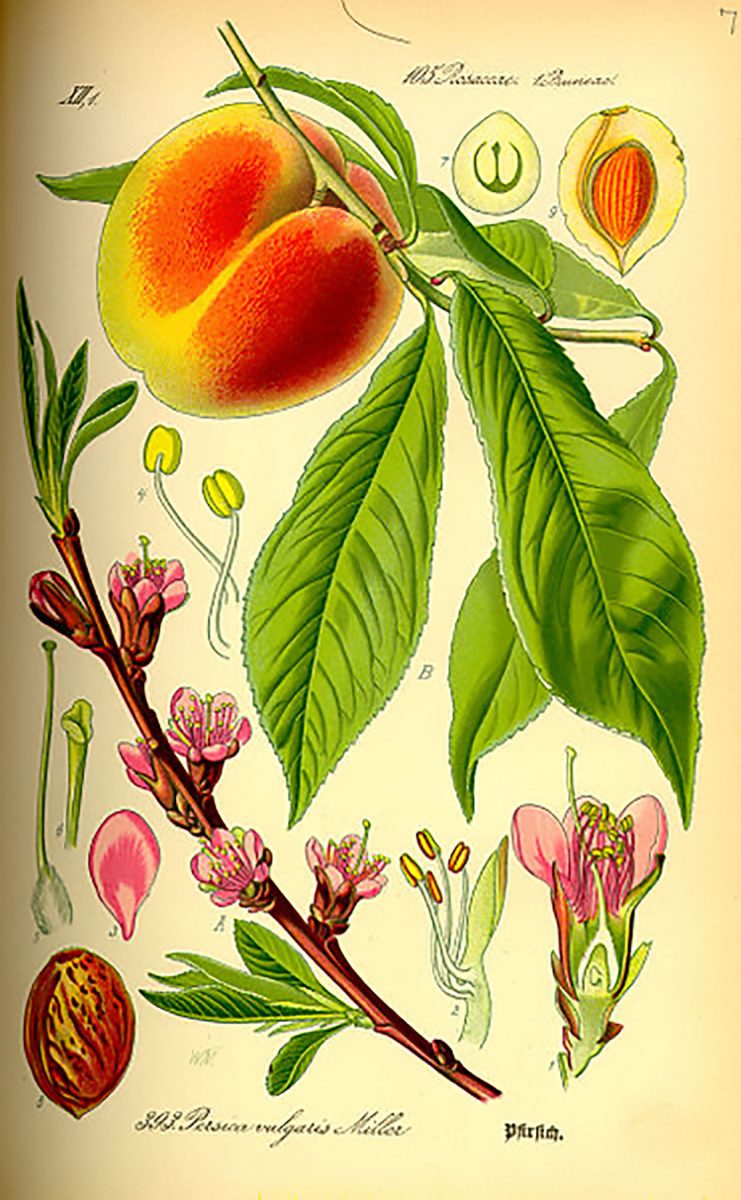
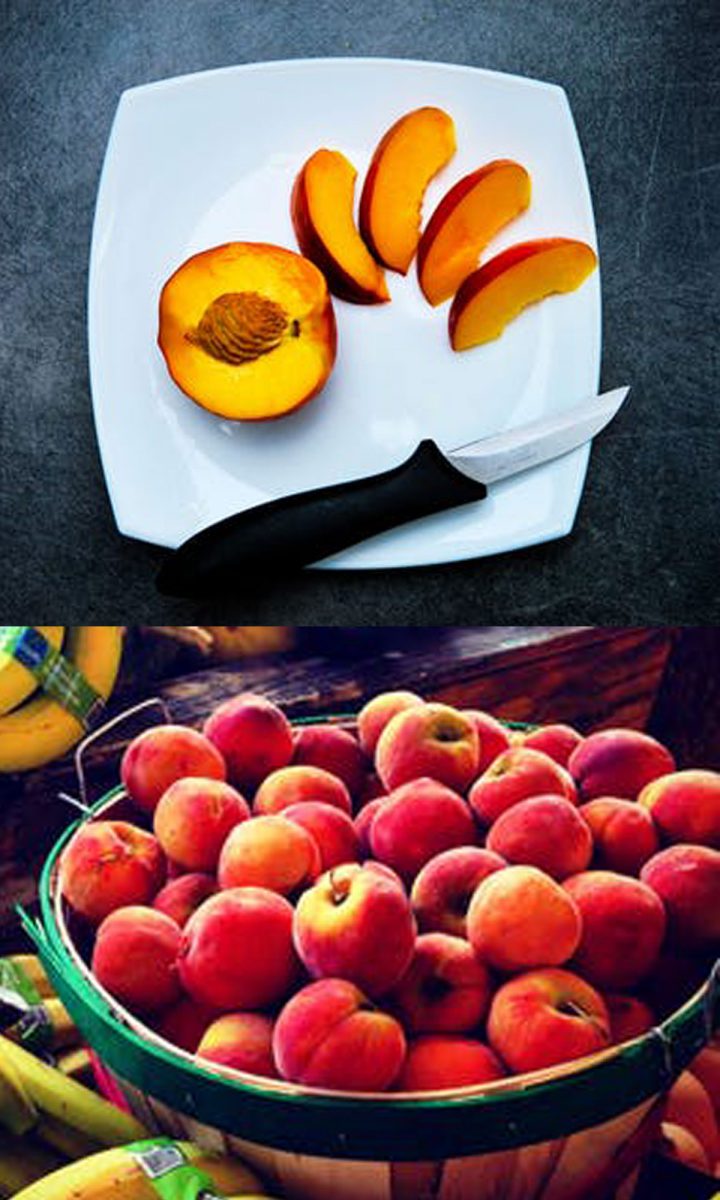
Nutritional Facts
Peaches contain both Vitamin C and Vitamin A – the B-carotenes that convert to retinol which is essential for healthy eyesight. The polyunsaturated fatty acid content protects against lung and mouth cancers, and helps maintain healthy mucus membranes and elasticity in the skin. The darker the flesh the higher the Vitamin A content will be.
Peaches are a good source of mineral potassium which is an enzyme necessary for the digestion of food, and can help to regulate heart rate and lower blood pressure. Potassium works in conjunction with sodium to maintain the body’s water balance.
Other contents include:
- Iron (necessary for red blood cell formation and the transport of oxygen)
- Flavonoids such as lycopene, Zeaxanthin, cryptoxanthin and lutein, all of which help in the prevention of macular degeneration, cancer, and heart disease.
- Vitamins E and K, niacin, copper, magnesium, manganese, calcium, and phosphorus.
Dehydrating
Read the Dehydrating instructions for the basic gudelines on dehydrating.
In addition when drying peaches here are a few tips:
- You can dry peaches with the skin but if you want to peel the easily, drop in to boiling water for 1 minute, then transfer to iced water
- Spray sliced peaches with lemon juice to oeserve colour
- Spray with ascorbic acid solution to increase vitamin C content
To make peach powder follow the basic guidelines for making Powders.
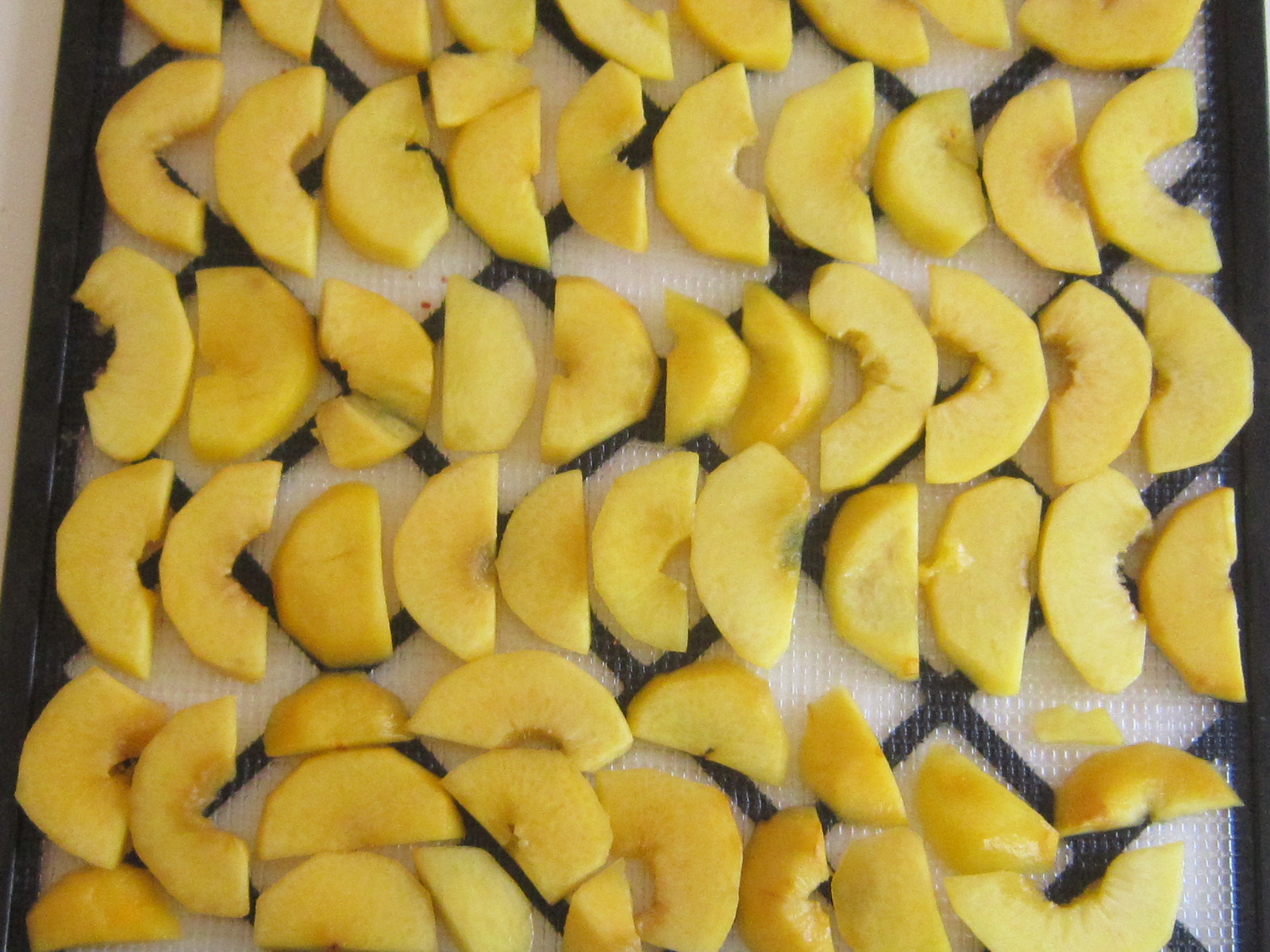
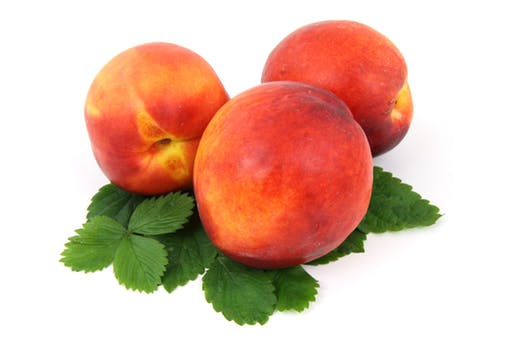
Storage
Storage instructions are the same as for other fruits. Store in sealed containers in a dark area and add oxygen absorbers to help keep the contents dry.
